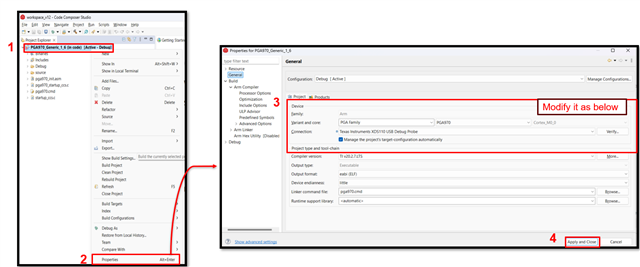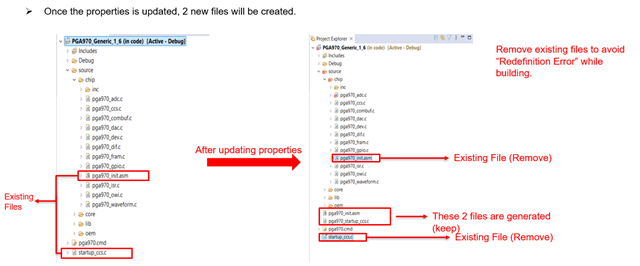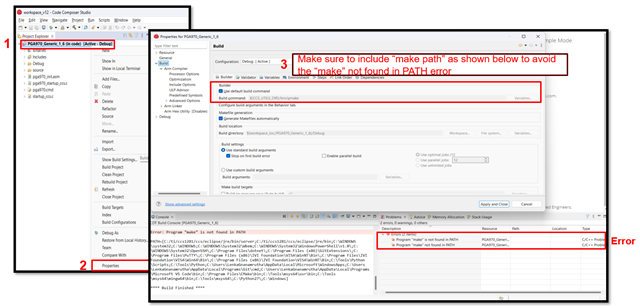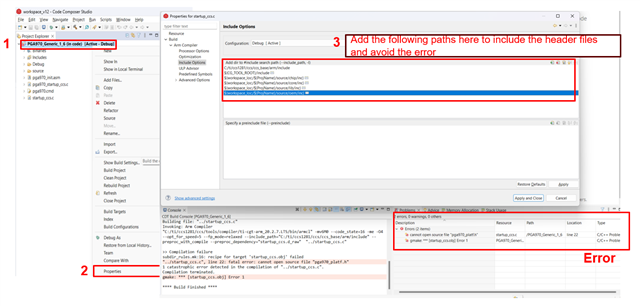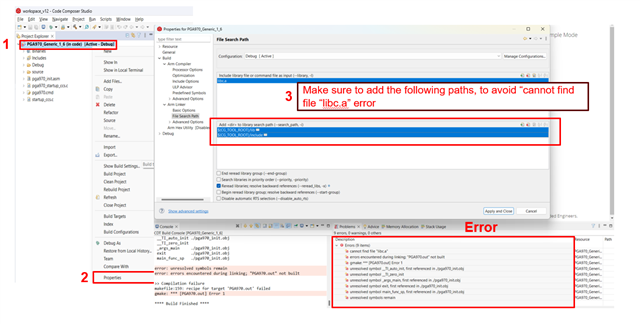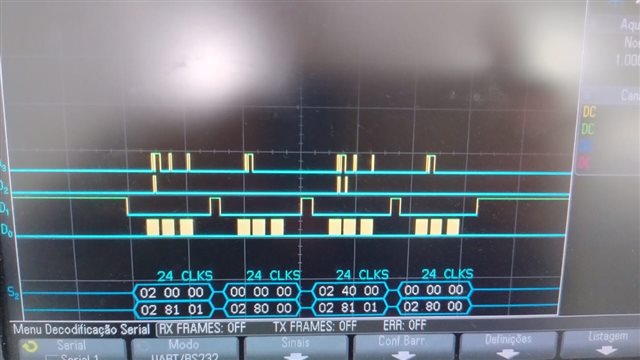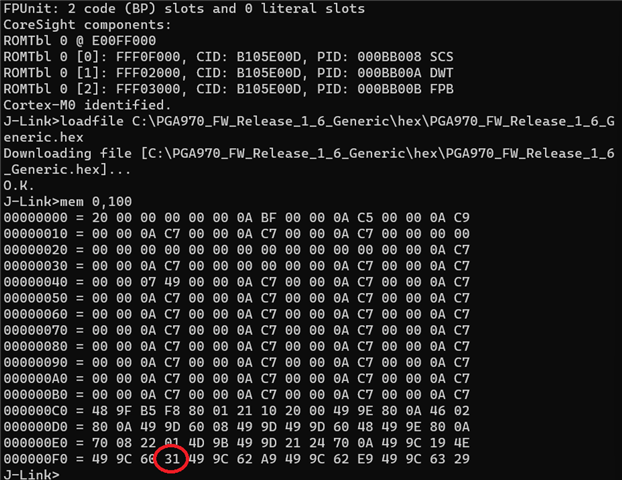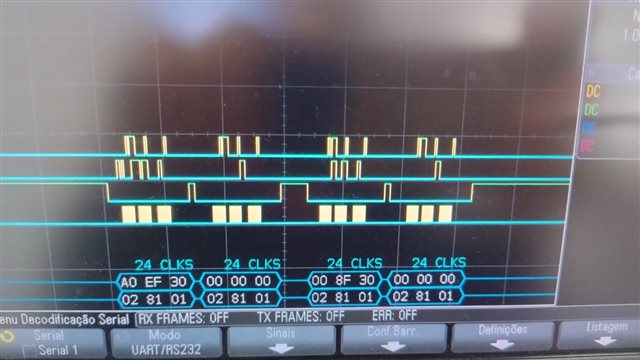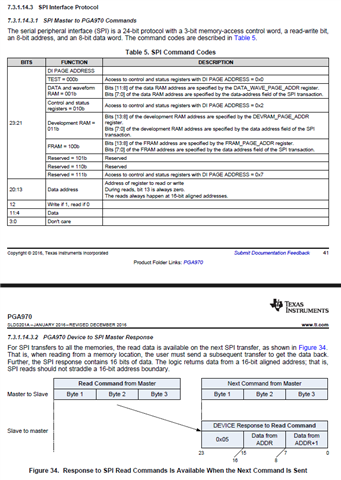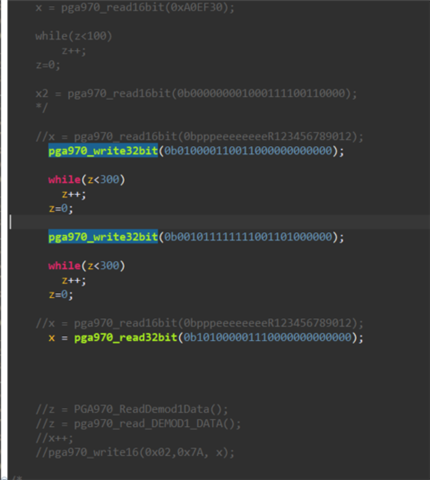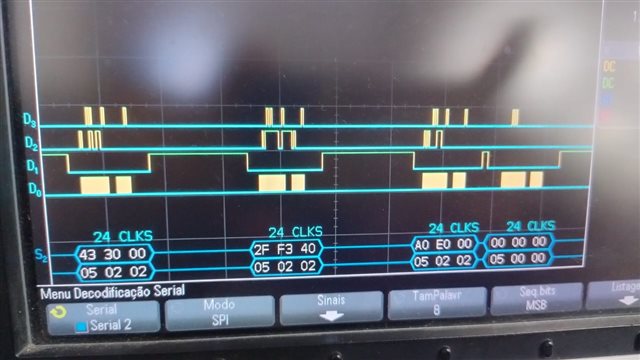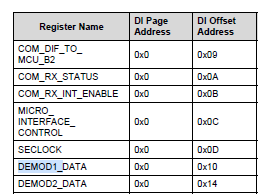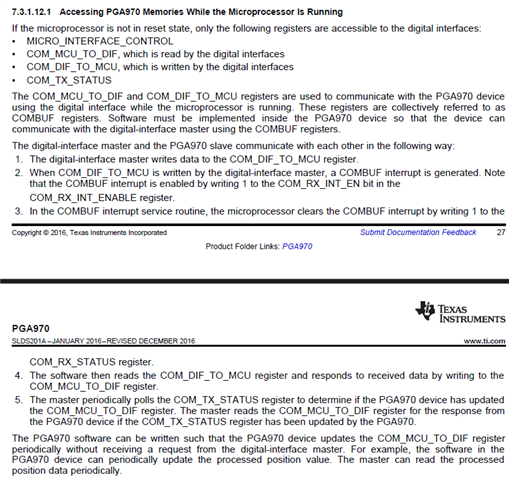Other Parts Discussed in Thread: UNIFLASH
Tool/software:
Hi, I managed to download the files, but I'm unable to compile using CCS 20.2.0: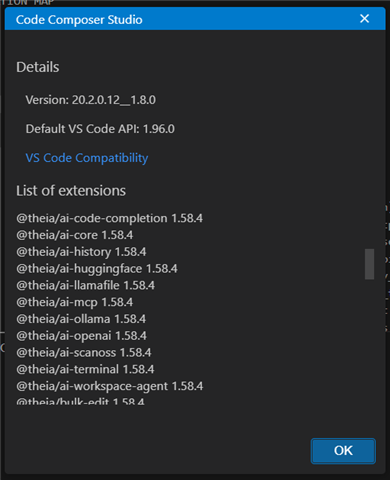
Is this software the right one for compiling and recording the sample program?
I also tried recording directly using J-Link and OpenOCD, but I couldn't record the file, only read a few bytes, and even then I don't know if it read correctly:
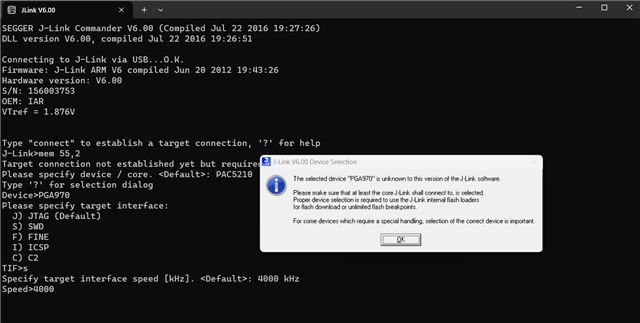
What is the correct way to do this, considering that we only have J-Link available as a recording device?




